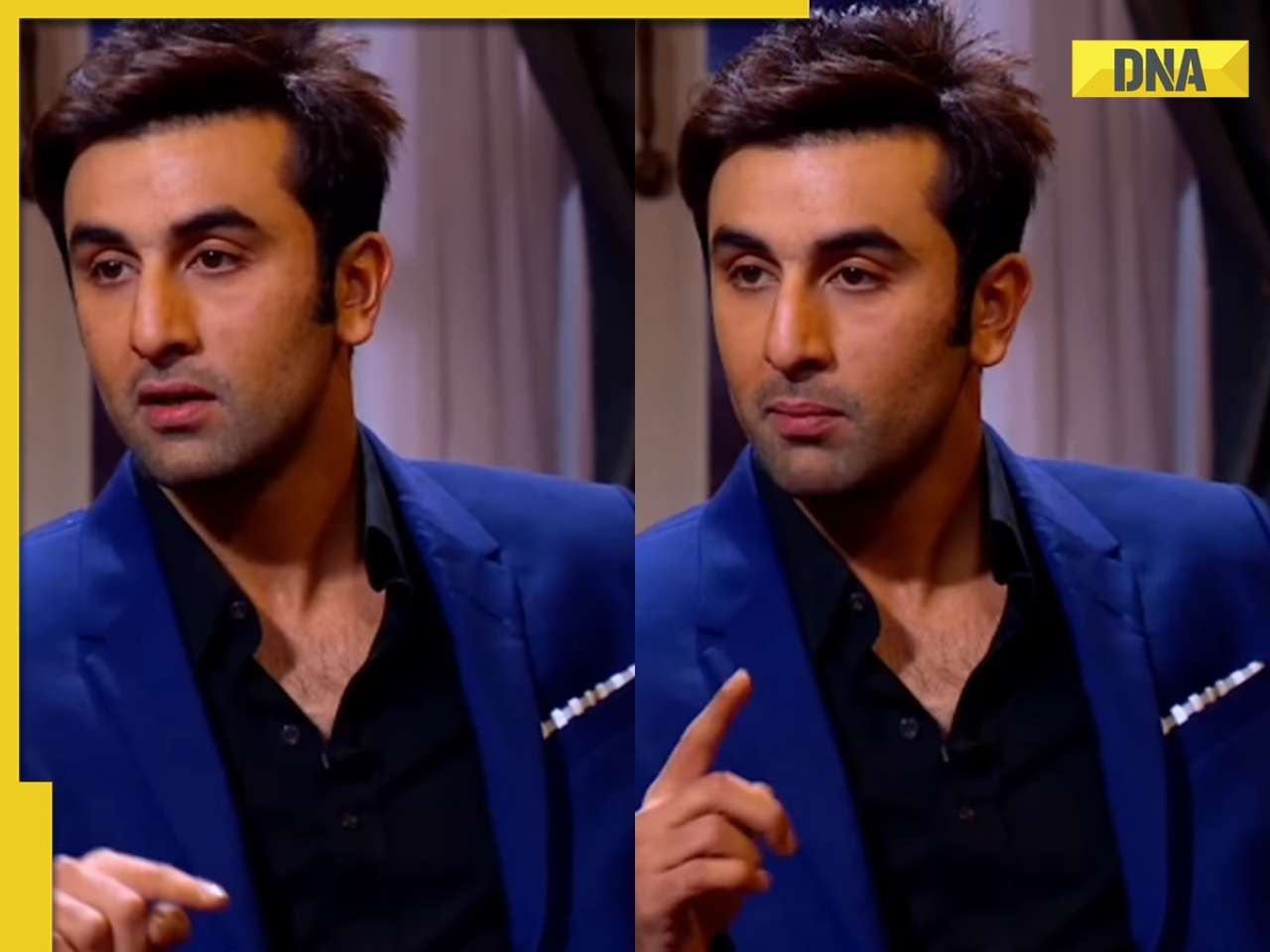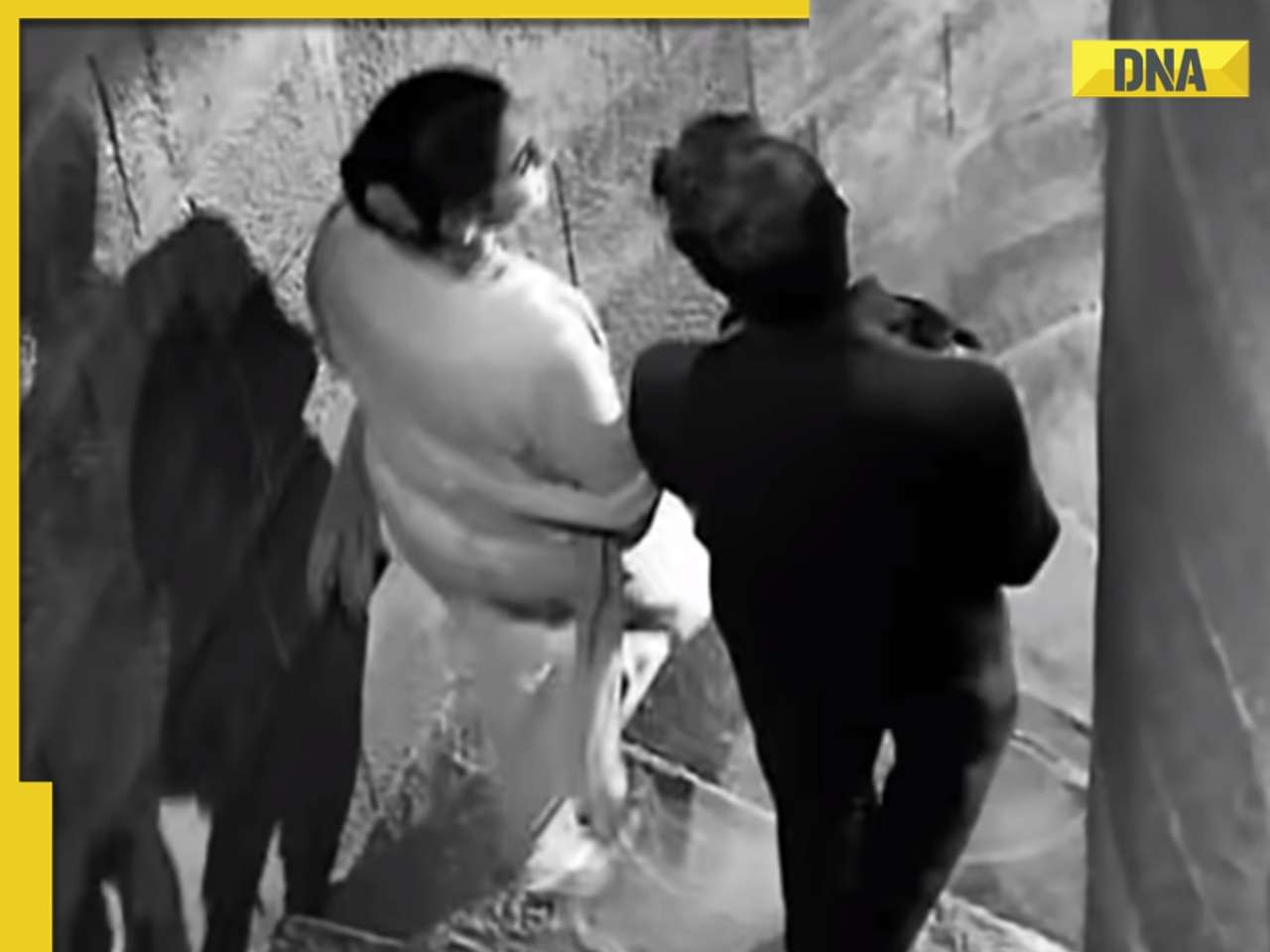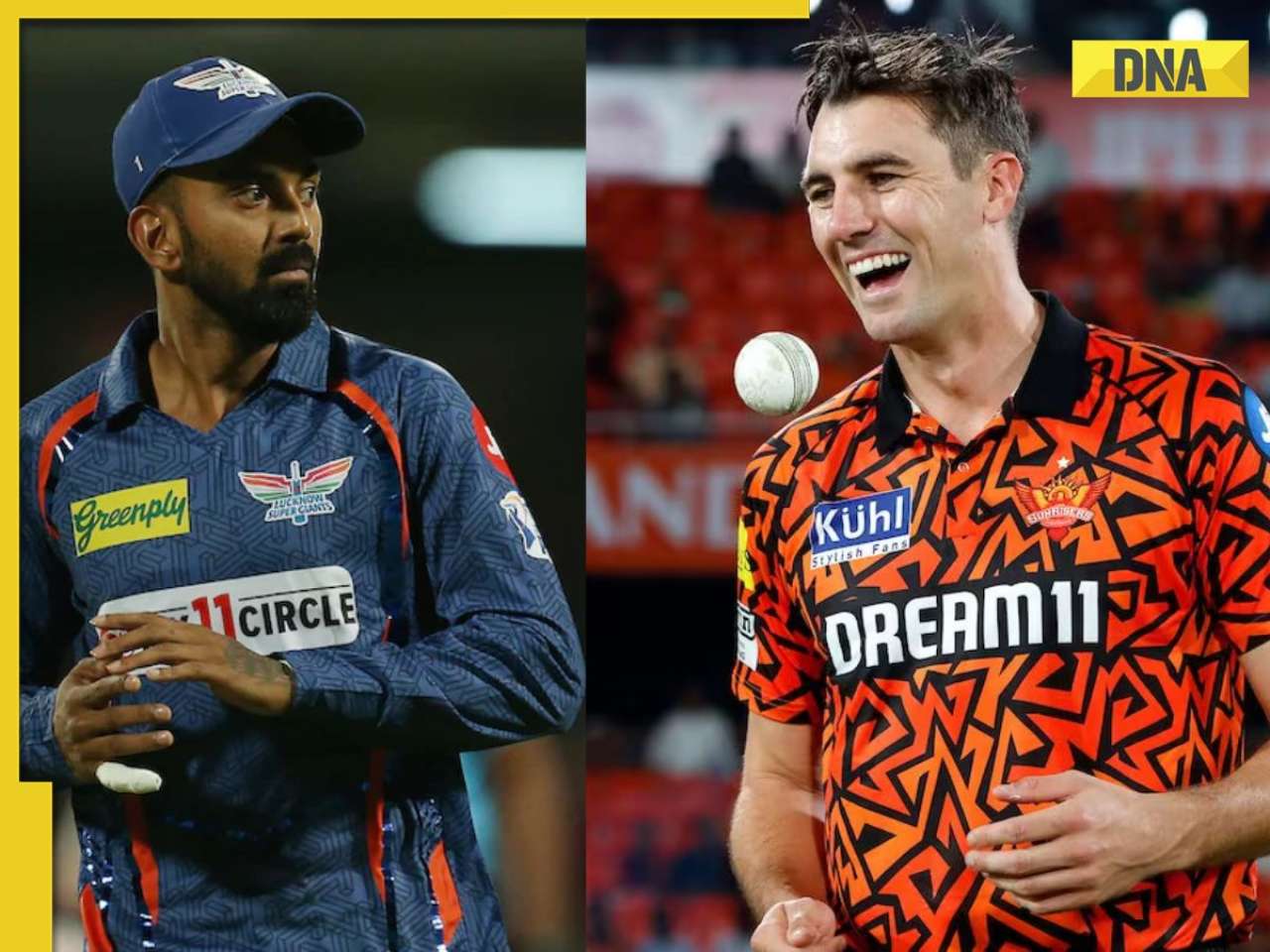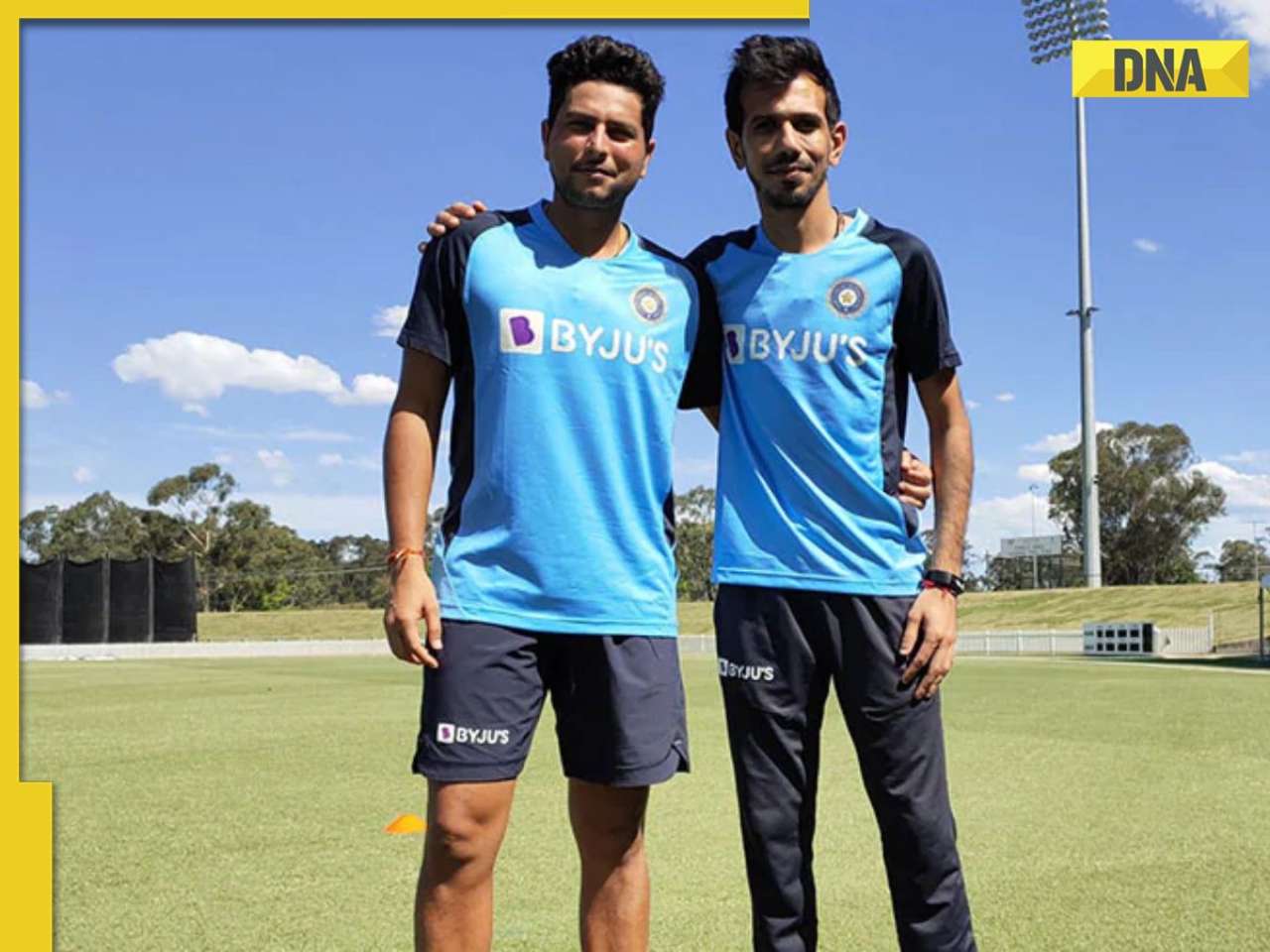The 19-year-old commerce student from Sangli, about 430 km southeast of Mumbai, uses his savings to splurge on branded clothing.
They aim to cash in on the ‘feel good about oneself’ sentiment among consumers in Tier II & III markets
MUMBAI: Every month Dayanand Shirke saves around Rs 1,000 from his part-time earnings of Rs 2,500. The 19-year-old commerce student from Sangli, about 430 km southeast of Mumbai, uses his savings to splurge on branded clothing.
The desire to own premium brands caught him a year ago when one of his collegemates started sporting branded wear. As Shirke’s father couldn’t afford to pay for his indulgence, he decided to earn some extra bucks himself to splurge on premium brands.
Premium clothing makes one “feel good about oneself” is how he justifies his new fad. “Wearing branded clothes gives you a certain degree of confidence and makes you feel a part of the globalised economy.”
Like Shirke, other youngsters in semi-urban areas of India, (with population of anywhere between 3-10 lakh), also feel more connected with their counterparts in metros if they don premium clothing. And, racing fast to benefit from this very trend are players in the branded premium category segment.
According to Chetan Shah, managing director, Pepe Jeans London (India), close to 15 stores, varying from 1,200-3,000 sq ft will be started in markets such as Guntur, Nashik, Rajkot, etc by the end of 2008.
“Our primary entry in the tier II markets was in 2004 in Ahmedabad. Since then, we have noticed that more and more consumers in these markets are buying premium range of clothing, under which the Pepe brand falls,” says Shah.
Industry experts point out that there has been a paradigm shift in the buying patterns of consumers in tier II and tier II markets in the country, since the last 2-3 years.
“The aspiration level of people living in non-metros, in the age bracket of 15-30 years, is getting closer to those of people living in Mumbai or London. With the infusion of electronic media and advertisements, people in Sangli or Moradabad (UP) are increasingly seeking for branded clothing,” says Nikhil Chaturvedi, managing director of Provogue India Ltd.
Lots of youngsters take up part-time or full-time jobs early, to support their needs and luxuries. This aids in hiking the spending on branded denims and garments.
Earlier, only 20% of the total consumer segment would go in for branded clothing, while now about 80% consumers flock to branded wear, says Gibson G Vedamani, chief executive officer of Retailers Association of India (RAI).
“The youth in non-metros won’t mind shelling Rs 2,000 plus for a branded pair of jeans or Rs 650 for a T-shirt,” states Vedamani.
And, with the retail industry mushrooming at break neck speed, experts are optimistic that players will cash in on this trend.
According to estimates by retail services and solutions provider Technopak Advisors, the retail industry is worth $400 billion at present, and would reach $800 billion by 2018, of which 25% would be organised retail.
“This growth will spearhead the expansion plans of retailers in the interiors of India. Currently, there are over 5,00,000 retail stores in tier II and III places. And 35% of the organised retail industry is driven by tier II and III markets,” says Vedamani.
Shah says that at present, about 30% of Pepe’s total business comes from places such as Surat, Vizag, Vijayawada, Kakinanda.
“We expect this business to grow at 60% year of year, ahead of our business from metros which is growing at 40%.”
The Rs 330 crore Provogue is planning to add 40 stores to the existing 126 this fiscal, nearly half of which will be in places such as Aurangabad, Kolhapur, etc.
“We are very bullish on the smaller markets as we witness footfalls of 2,000-3,000 daily, while metros bring in footfalls of about 5,000 per day,” says Chaturvedi, adding that in the next two years, about 70% of the company’s business will be lead by the smaller markets. “Up from 25% at present.”
Levi Strauss is planning to open about 40 stores ranging from 1,200-1,500 sq ft in the next two years, of which a significant number would be in tier 2 and 3 markets.
“The smaller markets such as Raipur, Nashik, Bilaspur are growing at 20-25% annually, and though they contribute to less than 20% of our total business, we nevertheless expect their share to grow twofold in the near future, “says Shyam Sukhramani, director marketing-Levi Strauss India Pvt Ltd.
g_priyanka@dnaindia.net
![submenu-img]() MBOSE 12th Result 2024: HSSLC Meghalaya Board 12th result declared, direct link here
MBOSE 12th Result 2024: HSSLC Meghalaya Board 12th result declared, direct link here![submenu-img]() Apple iPhone 14 at ‘lowest price ever’ in Flipkart sale, available at just Rs 10499 after Rs 48500 discount
Apple iPhone 14 at ‘lowest price ever’ in Flipkart sale, available at just Rs 10499 after Rs 48500 discount![submenu-img]() Meet man who left high-paying job, built Rs 2000 crore business, moved to village due to…
Meet man who left high-paying job, built Rs 2000 crore business, moved to village due to…![submenu-img]() Meet star, who grew up poor, identity was kept hidden from public, thought about suicide; later became richest...
Meet star, who grew up poor, identity was kept hidden from public, thought about suicide; later became richest...![submenu-img]() Watch: Ranbir Kapoor recalls 'disturbing' memory from his childhood in throwback viral video, says 'I was four years...'
Watch: Ranbir Kapoor recalls 'disturbing' memory from his childhood in throwback viral video, says 'I was four years...'![submenu-img]() DNA Verified: Is CAA an anti-Muslim law? Centre terms news report as 'misleading'
DNA Verified: Is CAA an anti-Muslim law? Centre terms news report as 'misleading'![submenu-img]() DNA Verified: Lok Sabha Elections 2024 to be held on April 19? Know truth behind viral message
DNA Verified: Lok Sabha Elections 2024 to be held on April 19? Know truth behind viral message![submenu-img]() DNA Verified: Modi govt giving students free laptops under 'One Student One Laptop' scheme? Know truth here
DNA Verified: Modi govt giving students free laptops under 'One Student One Laptop' scheme? Know truth here![submenu-img]() DNA Verified: Shah Rukh Khan denies reports of his role in release of India's naval officers from Qatar
DNA Verified: Shah Rukh Khan denies reports of his role in release of India's naval officers from Qatar![submenu-img]() DNA Verified: Is govt providing Rs 1.6 lakh benefit to girls under PM Ladli Laxmi Yojana? Know truth
DNA Verified: Is govt providing Rs 1.6 lakh benefit to girls under PM Ladli Laxmi Yojana? Know truth![submenu-img]() Alia Bhatt wears elegant saree made by 163 people over 1965 hours to Met Gala 2024, fans call her ‘princess Jasmine’
Alia Bhatt wears elegant saree made by 163 people over 1965 hours to Met Gala 2024, fans call her ‘princess Jasmine’![submenu-img]() Jr NTR-Lakshmi Pranathi's 13th wedding anniversary: Here's how strangers became soulmates
Jr NTR-Lakshmi Pranathi's 13th wedding anniversary: Here's how strangers became soulmates![submenu-img]() Streaming This Week: Heeramandi, Shaitaan, Manjummel Boys, latest OTT releases to binge-watch
Streaming This Week: Heeramandi, Shaitaan, Manjummel Boys, latest OTT releases to binge-watch![submenu-img]() Remember Ayesha Kapur? Michelle from Black, here's how actress, nutrition coach, entrepreneur looks after 19 years
Remember Ayesha Kapur? Michelle from Black, here's how actress, nutrition coach, entrepreneur looks after 19 years![submenu-img]() Remember Heyy Babyy's cute 'Angel' Juanna Sanghvi? 20 year-old looks unrecognisable now, fans say 'her comeback will...'
Remember Heyy Babyy's cute 'Angel' Juanna Sanghvi? 20 year-old looks unrecognisable now, fans say 'her comeback will...'![submenu-img]() Haryana Political Crisis: Will 3 independent MLAs support withdrawal impact the present Nayab Saini led-BJP government?
Haryana Political Crisis: Will 3 independent MLAs support withdrawal impact the present Nayab Saini led-BJP government?![submenu-img]() DNA Explainer: Why Harvey Weinstein's rape conviction was overturned, will beleaguered Hollywood mogul get out of jail?
DNA Explainer: Why Harvey Weinstein's rape conviction was overturned, will beleaguered Hollywood mogul get out of jail?![submenu-img]() What is inheritance tax?
What is inheritance tax?![submenu-img]() DNA Explainer: What is cloud seeding which is blamed for wreaking havoc in Dubai?
DNA Explainer: What is cloud seeding which is blamed for wreaking havoc in Dubai?![submenu-img]() DNA Explainer: What is Israel's Arrow-3 defence system used to intercept Iran's missile attack?
DNA Explainer: What is Israel's Arrow-3 defence system used to intercept Iran's missile attack?![submenu-img]() Meet star, who grew up poor, identity was kept hidden from public, thought about suicide; later became richest...
Meet star, who grew up poor, identity was kept hidden from public, thought about suicide; later became richest...![submenu-img]() Watch: Ranbir Kapoor recalls 'disturbing' memory from his childhood in throwback viral video, says 'I was four years...'
Watch: Ranbir Kapoor recalls 'disturbing' memory from his childhood in throwback viral video, says 'I was four years...'![submenu-img]() This superstar was in love with Muslim actress, was about to marry her, relationship ruined after death threats from..
This superstar was in love with Muslim actress, was about to marry her, relationship ruined after death threats from..![submenu-img]() Meet Madhuri Dixit’s lookalike, who worked with Akshay Kumar, Govinda, quit films at peak of career, is married to…
Meet Madhuri Dixit’s lookalike, who worked with Akshay Kumar, Govinda, quit films at peak of career, is married to… ![submenu-img]() Meet former beauty queen who competed with Aishwarya, made debut with a superstar, quit acting to become monk, is now..
Meet former beauty queen who competed with Aishwarya, made debut with a superstar, quit acting to become monk, is now..![submenu-img]() IPL 2024: Jake Fraser-McGurk, Abishek Porel power DC to 20-run win over RR
IPL 2024: Jake Fraser-McGurk, Abishek Porel power DC to 20-run win over RR![submenu-img]() SRH vs LSG, IPL 2024: Predicted playing XI, live streaming details, weather and pitch report
SRH vs LSG, IPL 2024: Predicted playing XI, live streaming details, weather and pitch report![submenu-img]() IPL 2024: Here’s why CSK star MS Dhoni batted at No.9 against PBKS
IPL 2024: Here’s why CSK star MS Dhoni batted at No.9 against PBKS![submenu-img]() SRH vs LSG IPL 2024 Dream11 prediction: Fantasy cricket tips for Sunrisers Hyderabad vs Lucknow Super Giants
SRH vs LSG IPL 2024 Dream11 prediction: Fantasy cricket tips for Sunrisers Hyderabad vs Lucknow Super Giants![submenu-img]() Watch: Kuldeep Yadav, Yuzvendra Chahal team up for hilarious RR meme, video goes viral
Watch: Kuldeep Yadav, Yuzvendra Chahal team up for hilarious RR meme, video goes viral![submenu-img]() Not Alia Bhatt or Isha Ambani but this Indian CEO made heads turn at Met Gala 2024, she is from...
Not Alia Bhatt or Isha Ambani but this Indian CEO made heads turn at Met Gala 2024, she is from...![submenu-img]() Man makes Lord Hanuman co-litigant in plea, Delhi High Court asks him to pay Rs 100000…
Man makes Lord Hanuman co-litigant in plea, Delhi High Court asks him to pay Rs 100000…![submenu-img]() Four big dangerous asteroids coming toward Earth, but the good news is…
Four big dangerous asteroids coming toward Earth, but the good news is…![submenu-img]() Isha Ambani's Met Gala 2024 saree gown was created in over 10,000 hours, see pics
Isha Ambani's Met Gala 2024 saree gown was created in over 10,000 hours, see pics![submenu-img]() Indian-origin man says Apple CEO Tim Cook pushed him...
Indian-origin man says Apple CEO Tim Cook pushed him...

















































)
)
)
)
)
)